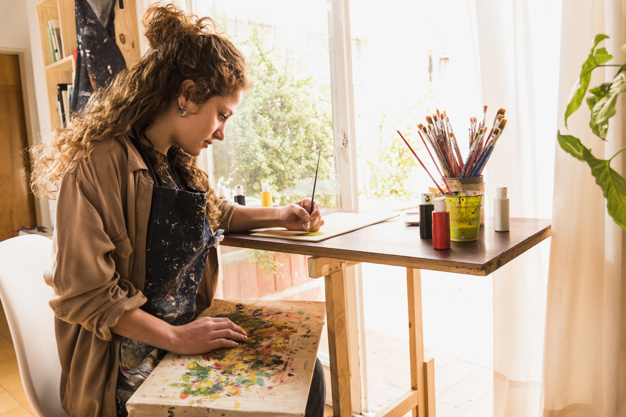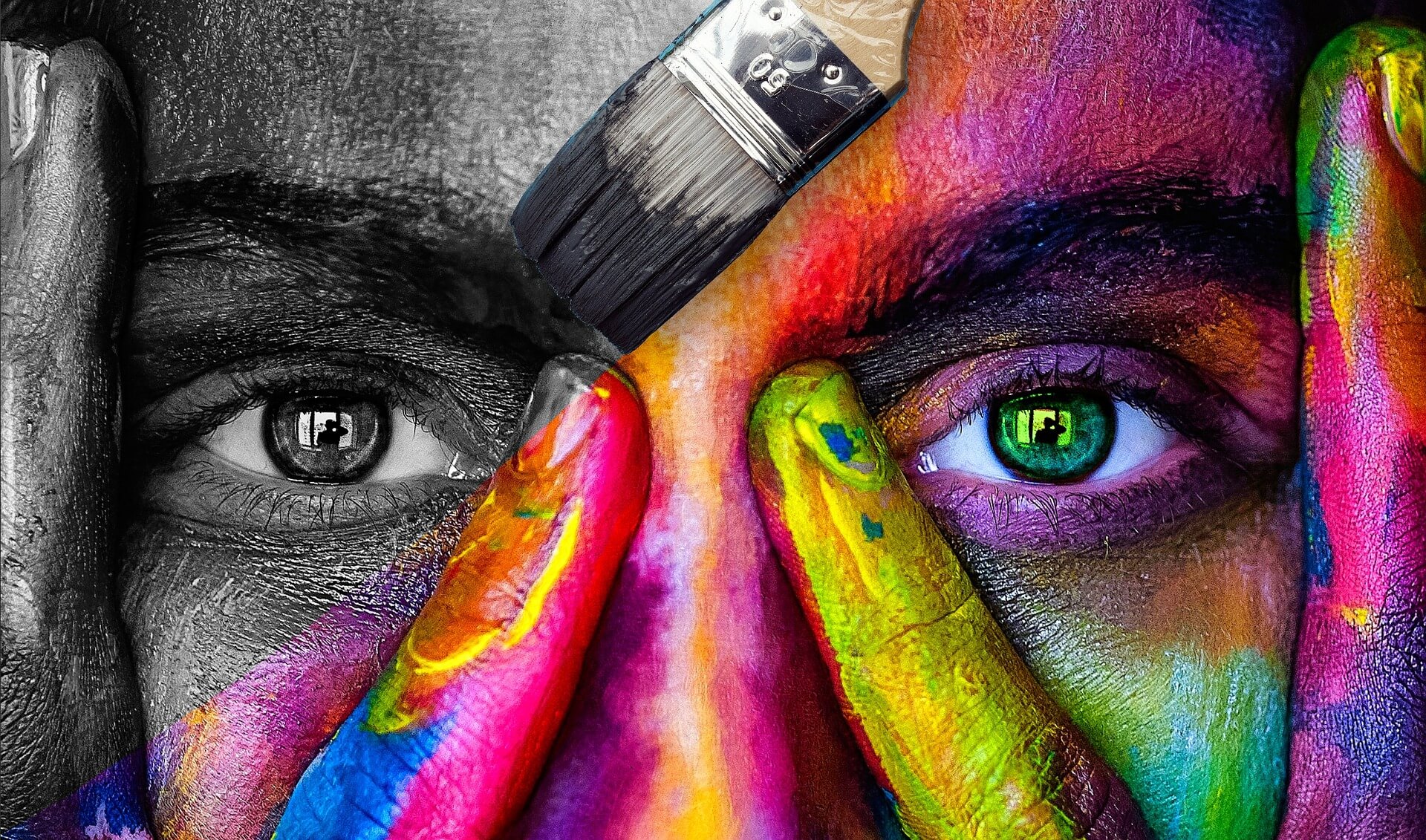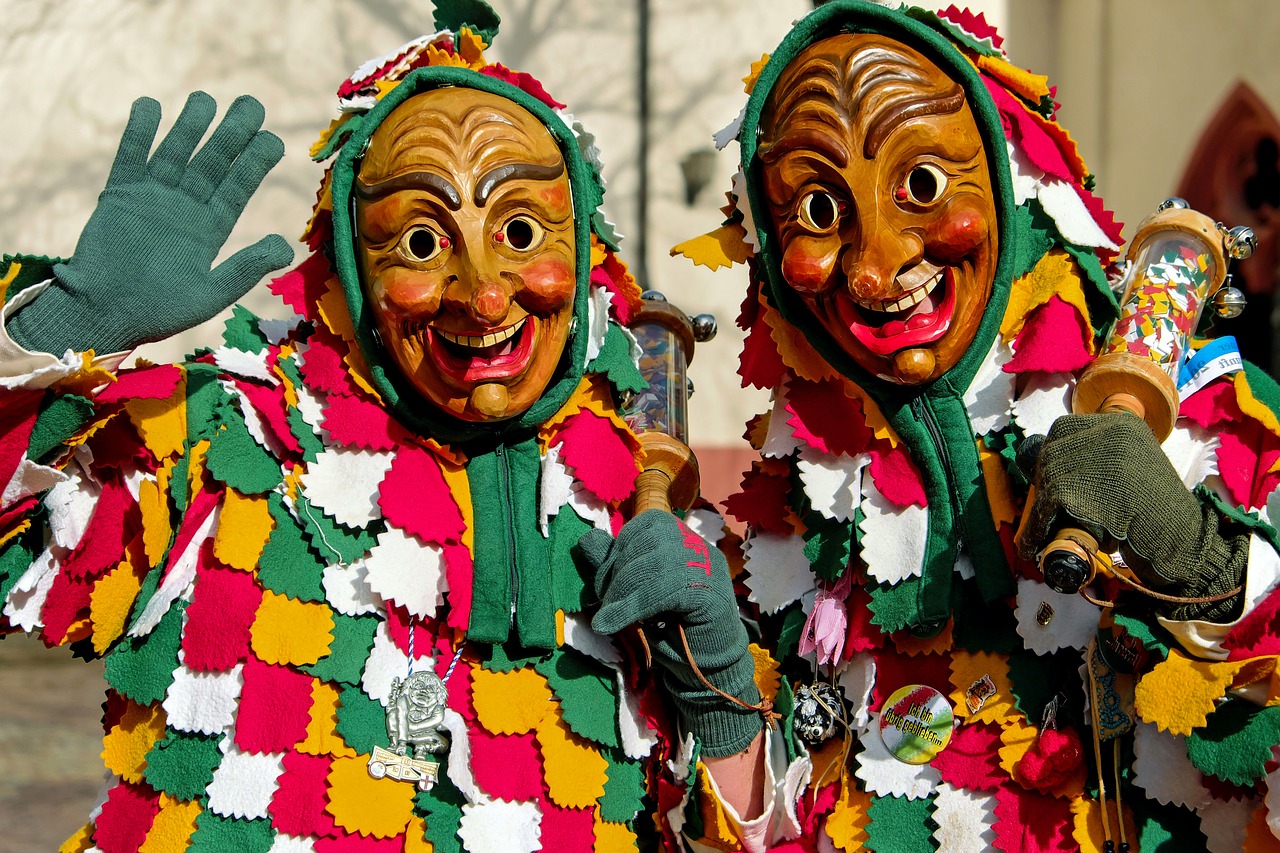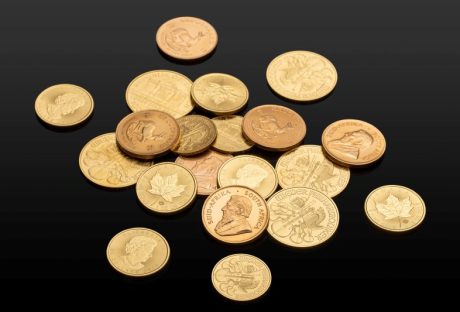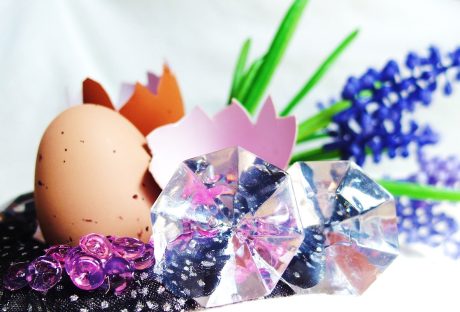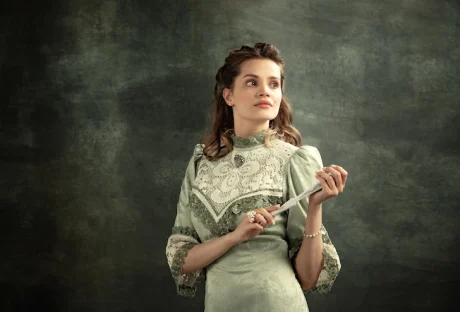We have all been inspired before because, no matter how bad we are at it, we all have done something creative before. However, the persons who have turned their creativity into a career are the ones who have probably interacted with schizophrenic inspiration the most. As such it should be interesting to hear their takes on their interactions with inspiration.
Ruth Stone:
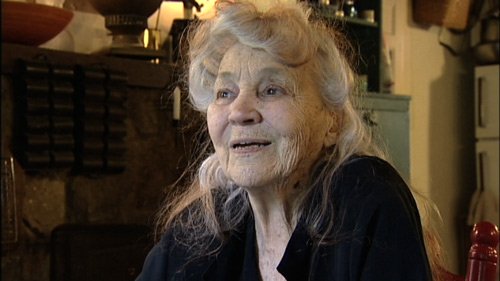
American poet Ruth Stone, to author Elizabeth Gilbert, described inspiration as something that came from outside of her rather than an internal spark. She described her poems as thunderous, rolling clouds that shook the ground beneath her feet as they roared towards her; and it was her job to reach pen and paper in the time before they thundered through her. If she didn’t make it, then the poem would continue on, looking for another poet to write it down. If she just made, as in she had a pen in her hand just as it hit her body, then she would catch it by its tail before it could move on and bring it back into her body. In those cases, the poems got recorded but often backward from the last word to the first.
Charley Peters:

The Delphian Gallery asked numerous artists how they find their inspiration. UK artist Charley Peters replied “I find it hard to say. I don’t think I can locate inspiration in the real world, I just have a strong desire to make things. Where those things originate from I don’t really know…a mixture of intuitive and logical thought, and also maybe referents I’ve absorbed without even realizing.”
Elizabeth Gilbert:

In her Ted Talk titled “Your Elusive Creative Genius”, Elizabeth Gilbert talks about how, for her own sanity, she removed her creativity and inspiration as something that came from her and instead allowed it to exist as an entity outside of herself. She modeled this off the Greek beliefs of daemons (separate entities that whispered inspiration into the ear of creatives, kind of inspirational speakers) and the Roman beliefs of genius (which were basically just the Roman equivalent of daemons). Thus once when she was experiencing writer’s block she addressed an empty corner of her room to tell her daemon off for not showing up for work on that day.
Paul Weiner:
In response to the question posed by the Delphian Gallery, UK artist Paul Weiner responded, “I watch what’s happening around me in life. Inspiration is largely tied to intuition for me, and a lot of painterly intuition is formed by what we see in our environment. I want my work to be an artifact of its time.”
It is fascinating to read and hear the different experiences that every single artist has had with inspiration (not inspirational speakers) as no two accounts are quite the same. The variety of beliefs is also quite intriguing with some describing an almost supernatural experience while others are more pragmatic and talk about the stimuli in their lives that spark their inspiration.
We all experience inspiration in one shape or form and whether you believe it’s something that comes to you or something that comes from within you, I can assure you that your brush with inspiration is completely unique to you.
Read Alos:













